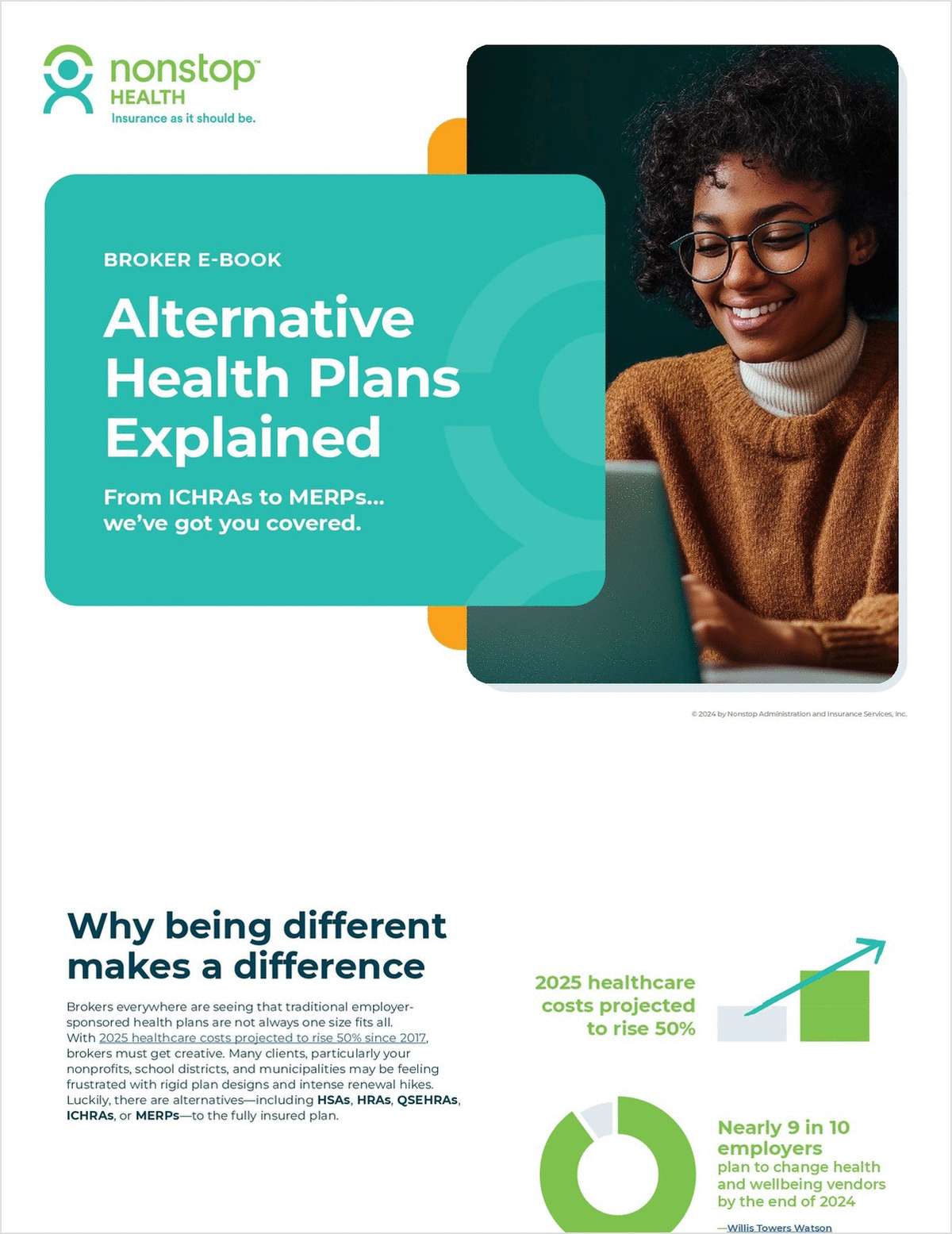 The proposed CMS rule is designed to create a new preferred tier for Part D plans for specialty drugs.
The proposed CMS rule is designed to create a new preferred tier for Part D plans for specialty drugs.
The Centers for Medicare & Medicaid Services (CMS) recently proposed a new payment rule for Medicare Advantage (MA) and Part D plans to spark competition and more rebates for specialty drugs. These rules are significant for patients with chronic illness that require high-cost specialty drugs.
Under the new rules, specialty pharmacy benefit managers–pharmacy benefit managers providing prescription drug management services specifically for those with chronic diseases that require specialty drugs–that offer transparency and launch innovative treatment programs could use their existing tools to negotiate favorable rebates, advocate for patients and reduce costs.
This is relevant for commercial plans in that one specialty PBM program for hemophilia patients generated a cost savings for one hospital that reduced its specialty spend by 30% in the first year. Other annual cost savings include multiple sclerosis ($26,000) hemophilia ($99,480), immune deficiency ($80,000), spinal muscular dystrophy ($466,232) and hereditary angioedema ($708,000).
Benefits professionals know that the costs of managing chronic disease is top of mind for employer clients and should discuss with them the impact this proposed legislation could eventually have on commercial plans and their bottom line.
|Understanding the proposed CMS rule
The proposed CMS rule is designed to create a new preferred tier for Part D plans for specialty drugs in an effort to lower prices for the elderly, giving plans more flexibility and two potential tiers if it is decided that a specialty drug will drive more competition and rebates.
At the moment, Part D plans put all specialty drugs, which frequently cost the most, into their own tier that has the same level of cost-sharing. The proposed second "preferred" tier would allow for a lower percentage of beneficiary cost-sharing for these specialty drugs. CMS is proposing that the maximum amount of cost-sharing for either specialty tier is 25% or 33%, depending upon whether the plan has a deductible.
While manufacturers would prefer a lower cost-sharing percentage for their drug in order to enable greater access, they are more likely to offer plans a higher rebate to secure lower cost-sharing. The idea behind the proposed rule is to give Part D sponsors "maximum flexibility" to get a brand-name drug that could cost less after a rebate than a generic or biosimilar.
Another provision of the rule would help Part D plans and PBMs save money by requiring plans to disclose pharmacy performance measurements, such as generic drug utilization. Without a core set of performance metrics across plans, a pharmacy could face a separate set of metrics from one plan to the other. Ultimately, stakeholders should agree on one set of metrics that would make it less expensive to administer.
For commercial plans, it's important to understand the proposed rule because, typically, federal trends influence commercial stakeholders.
|Commercial plans: True costs of specialty drugs
The top five specialty conditions under medical benefits are oncology (injectable rheumatoid arthritis), immune globulin, neutropenia and hemophilia. Together, these conditions represent 74% of total medical benefit spend or $1 billion.
For example, while hemophilia is a rare disease, affecting approximately 13 out of every 100,000 lives, it is still common enough that most employer groups will eventually deal with its costs and inherent challenges at some point. They can see how potentially crippling costs can be, with many self-insured employers spending up to $1 million a year on patient care.
New technology and tools for addressing high-cost diseases enable employers to adopt a comprehensive chronic disease management program that provides an unprecedented level of control, transparency and accountability for payers, physicians, specialty pharmacists and patients. For self-insured employers, this approach enables them to contain prescription costs, ensure appropriate medication utilization and monitor physician and pharmacy performance in real-time.
Data collection and analysis will be essential to determine benchmarks and measure relevant outcomes. Just as important, there's a need to collaborate with local centers of excellence under pre-agreed upon standards of care and data sharing arrangements to prevent the need for prior authorization. This makes holistic care and coordination of care designed to consider the whole patient critically important.
|Finding the right specialty PBM
An effective all-encompassing specialty PBM should be designed to provide optimal levels of control, transparency and accountability for all stakeholders, including payer, physician, specialty pharmacy and patient.
The best programs offer 100 percent control of the prescription through a network of reliable and transparent specialty pharmacies, prior authorization control and real-time benefits verification, prescription fill dates, refill alerts, pharmacy fulfillment accuracy and quick turnaround time.
The right program should also offer access to physician, specialty pharmacy and patient data and visibility into how prescribers are writing scripts. It should also provide dose optimization, identify prescribers according to the label and provide insight into which prescribers are driving the best outcomes.
For specialty pharmacy, the management program should compare all network pharmacies in real-time on a leaderboard, provide visibility into factor units prescribed vs. units dispensed, drop shipment/over shipment prevention and ensure appropriate shipment of on-demand and bleed doses.
There should also be real-time visibility into medication adherence, infusion adherence reporting, including prophylactic versus bleed/on-demand doses, in-home patient inventory, medication hoarding prevention, outlier infusions (with or without bleeds) based on prescription and visibility into frequency of patient dosing. In addition, it should ensure compliance with label and clinical trial literature.
|Example: Hemophiliac management program
For a patient with hemophilia A, the annual cost of treatment ranges from $59,101 for those with mild disease to $301,392 for patients with severe disease receiving prophylaxis. For a patient with hemophilia B, the cost of treatment ranges from $85,852 to $263,253. Factor replacement products represent up to 94 percent of total costs for patients with severe disease.
These costs can be attributed to a number of key challenges for payers, including care fragmentation, lack of standardized care guidelines, high pharmacy and medical benefit utilization, potential stockpiling and product waste, as well as limited payer insight into clinical data beyond factor product cost and product utilization, dispensed amounts and total health care resource utilization. Payers also lack reinsurance programs for high-cost members and robust and complex product selection. The most effective hemophiliac management programs offer specialty networks that cover most limited distribution drugs (LDD) products.
Look for a hemophilia management program that is flexible and sustainable, with a guaranteed pharmacy performance product and treatment cost containment, customized pharmacy network therapy management in real-time data and outcomes reporting. It's important to find a program with a patient-centric approach that supports hemophiliac treatment center alignment.
A value-based program allows for greater transparency and accountability for patient and pharmacy activity and is more likely to provide utilization management and clinical interventions based on active patient management that leads to contained costs and predictability on usage and costs. In this way, an appropriate utilization management and pharmacy network design can contain costs by as much as 10 to 42%. These programs align with specialty pharmacy partners and have developed an innovative program around a customized specialty pharmacy network that is tailored towards calculated cost savings with customized clinical management and innovative technology. All of this falls in line with the intention of the latest proposed CMS rule.
For benefits professionals striving to relieve clients' concerns about how to finance the high cost of new million-dollar drug therapies, specialty PBMs can make an enormous difference. They combine a trusted and transparent network of specialty pharmacies with the most up-to-date technology to contain prescription costs, ensure appropriate medication utilization and monitor physician and pharmacy performance in real-time.
Dea Belazi, President and CEO, AscellaHealth.
Complete your profile to continue reading and get FREE access to BenefitsPRO, part of your ALM digital membership.
Your access to unlimited BenefitsPRO content isn’t changing.
Once you are an ALM digital member, you’ll receive:
- Breaking benefits news and analysis, on-site and via our newsletters and custom alerts
- Educational webcasts, white papers, and ebooks from industry thought leaders
- Critical converage of the property casualty insurance and financial advisory markets on our other ALM sites, PropertyCasualty360 and ThinkAdvisor
Already have an account? Sign In Now
© 2024 ALM Global, LLC, All Rights Reserved. Request academic re-use from www.copyright.com. All other uses, submit a request to [email protected]. For more information visit Asset & Logo Licensing.








